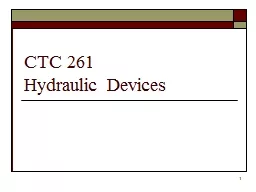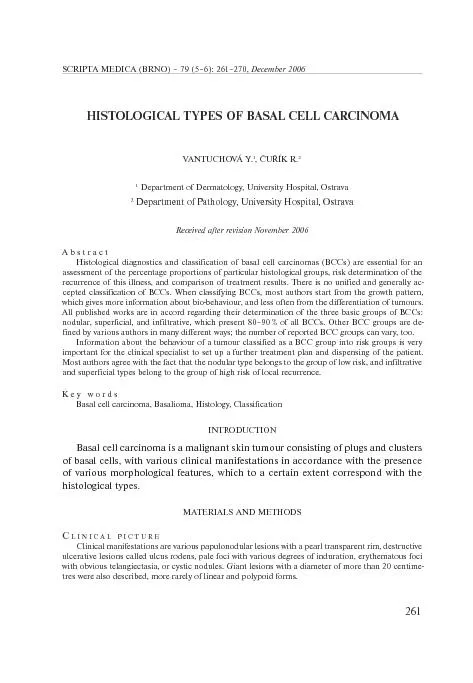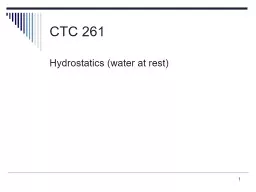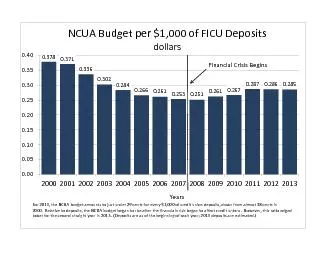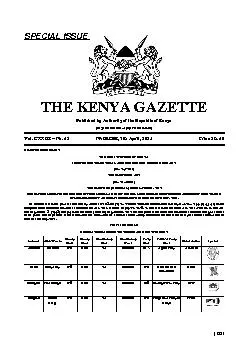PPT-1 CTC 261
Author : min-jolicoeur | Published Date : 2017-12-27
Hydraulic Devices 2 Objectives Calculate flow through an orifice Calculate flow over a weir Calculate flow under a gate Know how to compute discharge ratings for
Presentation Embed Code
Download Presentation
Download Presentation The PPT/PDF document "1 CTC 261" is the property of its rightful owner. Permission is granted to download and print the materials on this website for personal, non-commercial use only, and to display it on your personal computer provided you do not modify the materials and that you retain all copyright notices contained in the materials. By downloading content from our website, you accept the terms of this agreement.
1 CTC 261: Transcript
Download Rules Of Document
"1 CTC 261"The content belongs to its owner. You may download and print it for personal use, without modification, and keep all copyright notices. By downloading, you agree to these terms.
Related Documents

